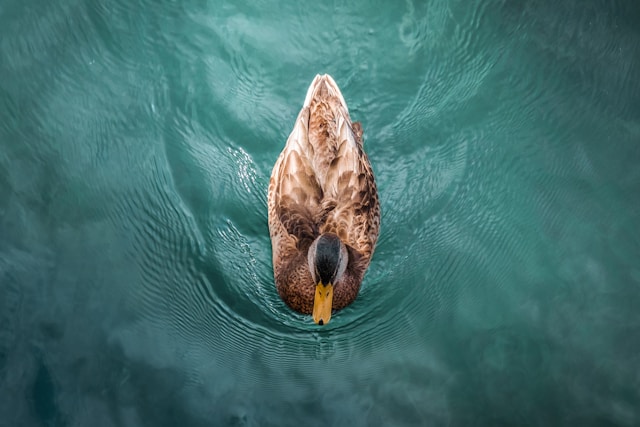In 1956, a unique form of therapy involving animals was gaining recognition as a means to promote healing and improve emotional well-being. The practice, known as “animal-assisted therapy,” was still in its early stages but would go on to play an important role in medicine, particularly in paediatric care.
The calming presence of animals like ducklings was believed to help reduce stress, alleviate anxiety, and bring moments of joy to children undergoing difficult treatments.

Francis Miller The LIFE Picture Collection/Shutterstock
I personally find the above image quite provoking and somewhat bittersweet. If we zoom out and allow this little girl to represent modern society in general – hooked up to and ever increasing industrial complex that goes out of its way to disconnect us from nature and our natural instincts, while actively destroying and polluting eco-systems and habitats in order to make way for more and more and more….. how beautiful and soothing is the sight of even just a little bit of nature and her creatures amidst the chaos?
What is good for the soul is good for the body. And I can’t help but wonder how much healthier we would be as a society if we lived with nature, alongside her wild creatures and bitter grasses. Without wanting to exterminate the things we have been taught to fear and misunderstand. And this leads me to thinking about Morphic Resonance Learning.
The ultimate goal of wildlife rehabilitation is to return a healthy and well adjusted animal back into the wild. Behind the scenes lies an intricate dance of science and intuition, where caregivers strive not just to heal the body, but also to nurture and protect the spirit and instincts of the animals in their care, and the heart of this approach lies a profound and useful concept: morphic resonance learning, where we draw upon the shared intelligence of Nature and natural life forces.

Read more about Morphic Resonance Learning in the context of wildlife rehabilitation…





![Give A HOOT! [Watch]](https://gracevalleyhaven.co.za/wp-content/uploads/2025/05/Spotty.jpg)

![Going Batty [Watch]](https://gracevalleyhaven.co.za/wp-content/uploads/2024/04/trevor-gerzen-jC8uzTM8PlM-unsplash-1.jpg)
Leave a Reply